No Results Found
The page you requested could not be found. Try refining your search, or use the navigation above to locate the post.
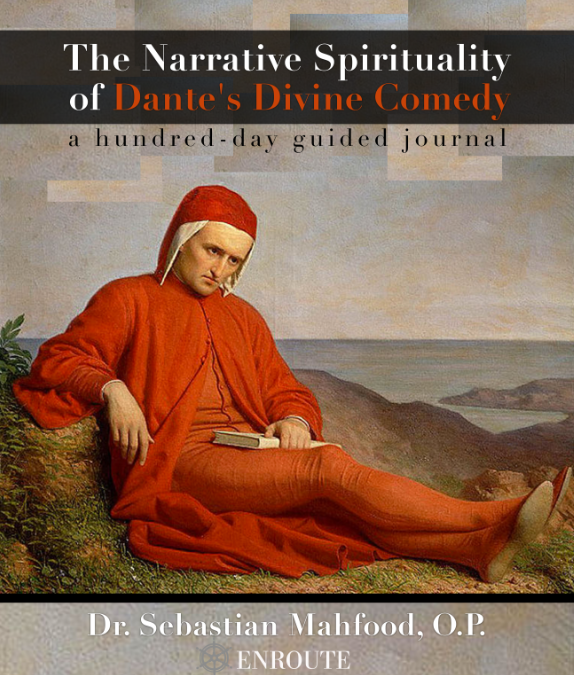
The Divine Comedy of Dante Alighieri has captivated the imagination of its readers for over seven centuries as Dante, a pilgrim on a journey to God, is called by Our Blessed Mother through the supernatural realms of the afterlife to witness the state of the souls of the departed. Accompanied first by Virgil, who represents human reason, and later by Beatrice, who represents divine revelation, Dante engages in conversation with souls in Hell, Purgatory, and Heaven. Through each engagement, he experiences spiritual growth until he is made ready for the Beatific Vision, which is no less than an experience of the mind of God. Our journey, dear reader, is one that will lead to our own spiritual growth as we, through the grace God freely provides, are prepared to be pure, perfect, and ready for the stars.
585 pages! Includes a prose translation of the entire Divine Comedy by Arthur John Butler, every illustration by Gustav Dore, and lectures and questions for reflection by Dr. Sebastian Mahfood, OP.
Paperback: $29.99 | Kindle: $9.99
“Dr. Sebastian Mahfood has an exceptional grasp of spirituality and the human condition. With this outstanding book, he has made the ‘journey to God’ more relatable and attainable. The coupling of his clarifying, insightful reflections with Dante’s original text provides an excellent stage for the great wisdom, deep spirituality and essential elements for which many of us vigorously search, in this case, to be with God forever. It is an important, fulfilling read.” —Robert Hanley, actor, author of Do You See What I See? Discovering the Obvious and host of The Fireside Fellowship
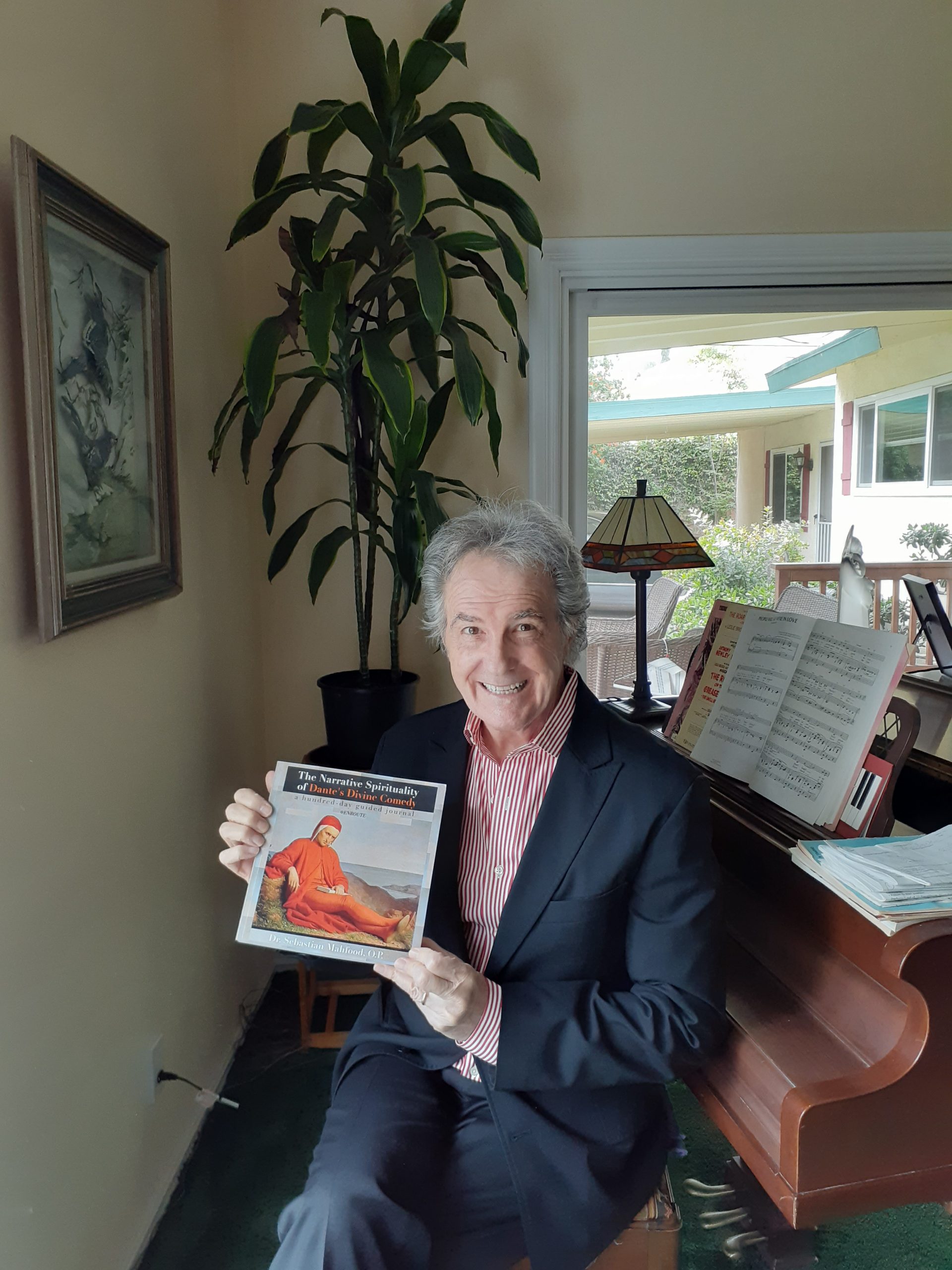
Review by Dr Pravin Thevathasan. Christendom Awake! (15 November, 2020). For access to the review, click here.
“Its journey has some stars. The book is dedicated for Our Blessed Mother without whom that voyage would not be possible. Along it, “the Red Sea’s waters stood aside”. There are especially stars in the sky over us. They are four cardinal virtues, which guide us: prudence, justice, temperance, and fortitude. Here this is a great catalyst recalls a lifesaver and beacon, whom is: Mary, the Star of the Sea!” – (Rev.) Vincent A. Salamoni, Missionaries of the Holy Apostles (M.S.A.), author of The Mercy Ocean
“Sad that you never read some of the great classics of Catholic literature? Here’s your chance to try Dante with the help of the sparkling commentary of Sebastian Mahfood, linking the insights of the past to the issues of today.” — Ronda Chervin, Ph.D., Professor Emerita of Philosophy, Holy Apostles College and Seminary
 Dr. Sebastian Mahfood, OP, is a retired Professor of Interdisciplinary Studies at Holy Apostles College & Seminary in Cromwell, CT. He first studied the Divine Comedy under Dr. Simone Turbeville in the spring of 1991 at the University of Texas in Arlington and began teaching it as literature half a decade later at Texas Christian University in Ft. Worth. It wasn’t until he began studying philosophy and theology at Holy Apostles College & Seminary in Cromwell, CT, that Dr. Mahfood began to see within the Comedy the care Dante took in a very Marian framework to map himself onto the works of Aristotle and St. Thomas among the other philosophers and poets he meets in Limbo and the theologians and Church doctors he meets in Paradise. Dr. Mahfood was prepared by Dante, who was himself a Lay Franciscan, to become a lay member of the Dominican order, which considers study to be an act of prayer.
Dr. Sebastian Mahfood, OP, is a retired Professor of Interdisciplinary Studies at Holy Apostles College & Seminary in Cromwell, CT. He first studied the Divine Comedy under Dr. Simone Turbeville in the spring of 1991 at the University of Texas in Arlington and began teaching it as literature half a decade later at Texas Christian University in Ft. Worth. It wasn’t until he began studying philosophy and theology at Holy Apostles College & Seminary in Cromwell, CT, that Dr. Mahfood began to see within the Comedy the care Dante took in a very Marian framework to map himself onto the works of Aristotle and St. Thomas among the other philosophers and poets he meets in Limbo and the theologians and Church doctors he meets in Paradise. Dr. Mahfood was prepared by Dante, who was himself a Lay Franciscan, to become a lay member of the Dominican order, which considers study to be an act of prayer.
The page you requested could not be found. Try refining your search, or use the navigation above to locate the post.

For the past several decades, there has been a notable rise in claims of apparitions, visions and messages from heaven. This growth has often led to confusion and sensationalism among the Catholic faithful. Refractions of Light: 201 Answers on Apparitions, Visions and the Catholic Church seeks to address this situation using an easy-to-read Q&A format designed for a broad audience. It does not shy away from controversial topics, reaching into the relevant Church documents, which it includes in its appendices, to address them. Kevin Symonds’ book is a must-read for anyone seeking to understand how we come to know when heaven is reaching out to us.
Paperback $14.95 | Kindle $9.99
In our time, when claims to private revelation abound, Kevin Symonds’ presentation of the Church’s teaching in this area is refreshing and clear. Official documents are translated and presented in the appendix. A helpful introduction to the topic. – Br. Cassian Folsom, OSB, former Consultor to the Congregation for Divine Worship and Discipline of the Sacraments
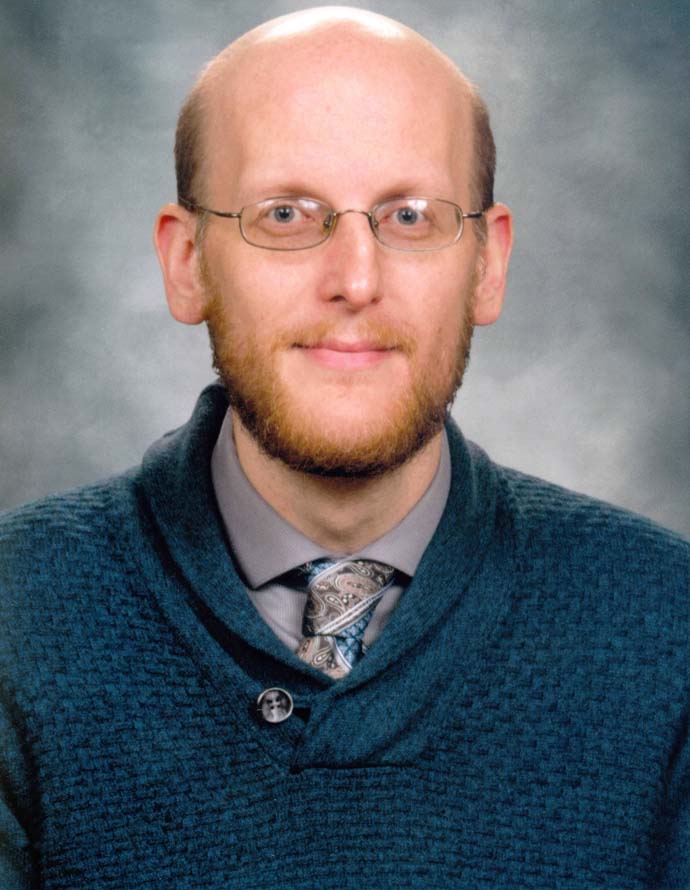 Kevin Symonds was born and raised in Massachusetts. He attended Franciscan University of Steubenville, Ohio where he obtained his Bachelors and Masters degrees in Theology with a background in the classical languages. He has been working with the Catholic Church’s theology of private revelation since 2002 and has published Internet and magazine articles. He currently lives in Texas.
Kevin Symonds was born and raised in Massachusetts. He attended Franciscan University of Steubenville, Ohio where he obtained his Bachelors and Masters degrees in Theology with a background in the classical languages. He has been working with the Catholic Church’s theology of private revelation since 2002 and has published Internet and magazine articles. He currently lives in Texas.
The page you requested could not be found. Try refining your search, or use the navigation above to locate the post.
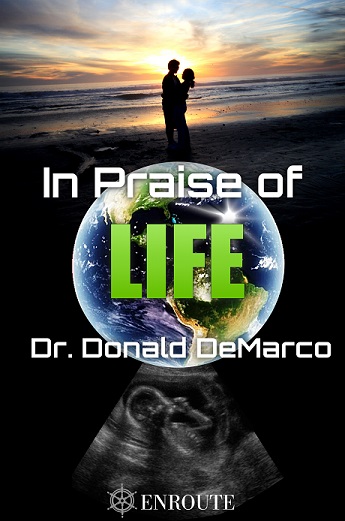
“Don DeMarco has once again provided his reading audience with a strong testimony in support of human life, not just in this part or in that part of our existence, but in all of it. He models within this book the famous observation by St. Irenaeus, that ‘the glory of God is man fully alive, but man fully alive is man when he sees God.’” – Dr. Sebastian Mahfood, OP, Associate Professor of Interdisciplinary Studies, Holy Apostles College & Seminary
“Professor DeMarco is a national Catholic treasure. His work gives witness to our faith in a world which is increasingly seeking to exclude Christian perspectives from the public square.” – Phil Horgan, President of the Catholic Civil Rights League (CCRL)
The page you requested could not be found. Try refining your search, or use the navigation above to locate the post.
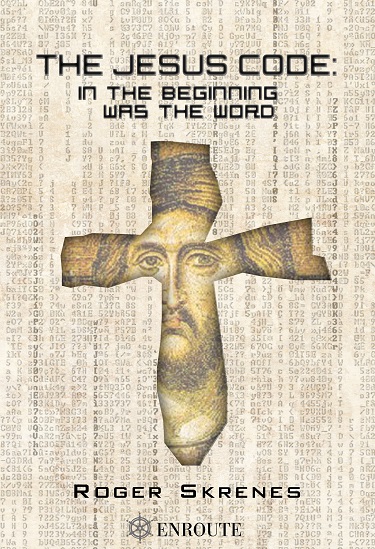
Jesus is the only person in the history of the world whose biography was known before he was born! He wanted everyone on earth to know of this miraculous Old Testament portrait of himself (Luke 24:27), and that is the starting point for this book.
Paperback $18.95 | Kindle $9.99
The page you requested could not be found. Try refining your search, or use the navigation above to locate the post.

A reprint of Dr. Ronda’s The Way of Love: The Battle for Inner Transformation, this new edition under a new subtitle puts back in front of the world the nature of human love alongside human passion as told from the perspective of a woman who has deeply experienced both.
All of us hope that others think of us as loving persons. But do we really have nothing but love in our hearts: how about anger, anxiety, despair, annoyance, the blahs…? Learn from Dr. Ronda’s The Way of Love how to understand different types of love, how to overcome obstacles to love with the grace of God, and how to make loving moral decisions. Respond to the challenge of becoming more loving day by day as a spiritual marathon runner.
Paperback $18.95 | Kindle $9.99
“I wanted to write something that would deal with a passionate concern of mine about myself and others – how is it that I, and many of my closest friends, long and yearn to be holy, defined by me as having nothing but love in our hearts, and yet it doesn’t happen. As well as love, we find pockets of anger (the bad kind), anxiety, discouragement, disgruntlement… and other unloving emotions. And how is it that these don’t yield to the graces of daily Mass, the rosary, liturgy of the hours, adoration, or talking to Jesus all day?
“My diagnosis was that our prayers and thoughts are often too vague so that we can be in denial of our worst patterns of thought, word, and deed in spite of general prayers to be more loving. My remedy was to write for my blog-readers a 100-day book, not of sweet meditations but, instead, of challenges. I wrote it. I tested out each one on myself ,with ardent prayers for God’s help, in the writing and the practicing, with the result that some of my nearest and dearest thought I had improved greatly.
“Let us step forth on the way of love with this Scripture as our challenge: ‘You are the temple of the living God, just as God has said: I dwell with them and walk among them. I will be their God and they shall be my people. Since we have these promises, beloved, let us purify ourselves from every defilement of flesh and spirit, and in the fear of God strive to fulfill our consecration perfectly.’ (2 Corinthian 6:16b; 7, 1)” — Ronda Chervin
I was the first Catholic that Ronda met, and we became friends immediately. She could be called ‘the Apostle of the Confused’ because, through grace, she is making good use of her atheistic background to reach many of those who live in darkness and confusion. The water of atheism (and other dirty water) is changed into the wine of faith. – Dr. Alice von Hildebrand, author of Man and Woman: A Divine Intervention
 Ronda Chervin has a Ph.D. in philosophy from Fordham University and an M.A. in Religious Studies from Notre Dame Apostolic Institute. She is a convert to the Catholic faith from a Jewish but atheistic background. She has been a professor at Loyola Marymount University, St. John’s Seminary of the Los Angeles Archdiocese, Franciscan University of Steubenville, Our Lady of Corpus Christi, and presently teaches at Holy Apostles College and Seminary in Connecticut. More than fifty books of hers have been published by Catholic presses in the area of philosophy and spirituality. Dr. Ronda presents on EWTN and Catholic radio. She is a dedicated widow and grandmother. Her many books include Quotable Saints, Healing Meditations from the Gospel of St. John, Catholic Realism, Voyage to Insight, Weeping with Jesus, and Healing of Rejection.
Ronda Chervin has a Ph.D. in philosophy from Fordham University and an M.A. in Religious Studies from Notre Dame Apostolic Institute. She is a convert to the Catholic faith from a Jewish but atheistic background. She has been a professor at Loyola Marymount University, St. John’s Seminary of the Los Angeles Archdiocese, Franciscan University of Steubenville, Our Lady of Corpus Christi, and presently teaches at Holy Apostles College and Seminary in Connecticut. More than fifty books of hers have been published by Catholic presses in the area of philosophy and spirituality. Dr. Ronda presents on EWTN and Catholic radio. She is a dedicated widow and grandmother. Her many books include Quotable Saints, Healing Meditations from the Gospel of St. John, Catholic Realism, Voyage to Insight, Weeping with Jesus, and Healing of Rejection.
The page you requested could not be found. Try refining your search, or use the navigation above to locate the post.
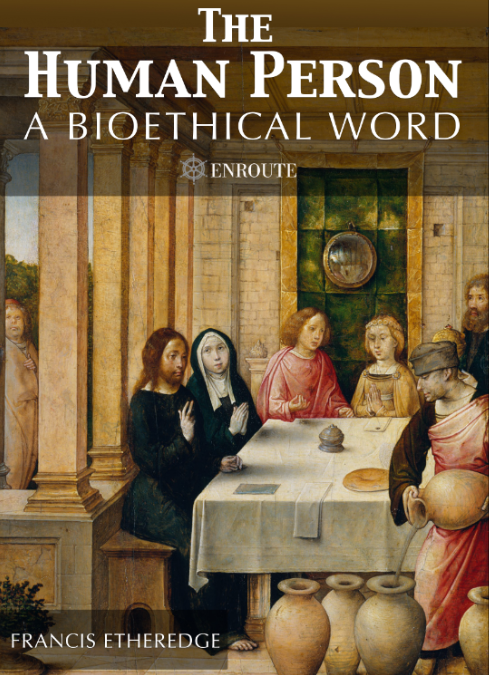
Is bioethics a technical specialization or a profound expression of human being? Wonderfully answering this question, the book is beautifully enriched by eight Forewords. Beginning again and again, Etheredge searches old and new sources that help us to understand who we are: both personally and objectively – gazing into the mysterious depths of human personhood. Why are we “from” relationship, “in” relationship and “for” relationship? He then goes on to explore the specific difficulties that make it urgent that we formally recognize that the gift of human being founds our equal dignity before God and each other.
The foreword to the book is written by Dr. Mary Anne Urlakis. Seven other contributors provide valuable introductions to individual chapters: Joseph Meaney, Adriana Vasquez, Anthony Williams, Elizabeth Rex, Kathleen Sweeney, Richard Conrad, OP, and Ralph Weimann.
Paperback $25 | Kindle $9.99
General Introduction (I), a Comment on the Structure of the Work as a Whole (II) and a Particular Introduction to Each Chapter (III)
Foreword to Chapter One: Dr. Joseph Meaney
Chapter One…………………………………………………………………………….
A Vocation: A mixed Experiential, Scriptural and Theological Account of Being Open to the Gift of Human Life
Foreword to Chapter Two and Biography: Mrs Adriana Vasquez
Chapter Two……………………………………………………………………………..
Marriage is a Liturgical Act: A mixed Experiential, Scriptural and Catechetical Account of Marriage and Family Life
Foreword to Chapter Three: Dr. Anthony Williams
Chapter Three………………………………………………………………………….
Become the Philosopher You Are: An Introduction to Philosophy with Particular Reference to the Human Person
Foreword to Chapter Four: Dr Elizabeth Bothamley Rex
Chapter Four……………………………………………………………………………..
An Introduction to Genesis I-II: The Creation-Gift of Participation in the Mystery of the Blessed Trinity
Foreword to Chapter Five and Biography: Kathleen Sweeney
Chapter Five…………………………………………………………………
Part I: Philosophy is about Real Questions: Why the Pain if there is No One There from Conception? A Discussion involving Philosophical and Scriptural Terms Concerning the Conception of the Human Person; Part II: The Problem of the “Biologic” definition of Human Life; Part III: The Human Person is a Bioethical Word; Part IV: The Human Person: Being and Activity; and Part V: An Account of Human Masculinity
Foreword to Chapter Six and Biography: Rev. Dr. Richard Conrad OP, Director of the Aquinas Institute, Oxford
Chapter Six……………………………………………………………………
A Three Part Exploration of the Human Being as a Psychologically Inscribed Biology: Part I: An Indivisibly Psychosomatic Being from Conception; Part II: A Pilgrimage from Reality to Self-Knowledge and the Challenge of the “Inexpressibility” of the Human Person; Part III: Embodied Relationality and the Integral Nature of a Psychologically Inscribed Biology
Foreword to Chapter Seven: the Rev. Dr. Ralph Weimann
Chapter Seven…………………………………………………………………….
Part I: The Illumination of the Beginning of Personhood (I); Part II: “Who?” Is in the Laboratory: We Are in the Laboratory (II); Part III: The Need for a Universal Ethic and a World-Wide Authority; Part IV: Frozen and Untouchable – A Double Injustice to the Human Embryo; Part V: On the Development of the Catholic Church’s Prudential Judgments on Human Conception and an Ethical Response to the Plight of Frozen Embryos
Epilogue

Joseph Meaney, Ph.D., one of the contributors to this book, has been named President of The National Catholic Bioethics Center. See here for the full story.
WCAT Radio Interview with Cynthia Toolin-Wilson on “Author to Author” (April 20, 2020)
Listen to “Episode 29: Cynthia Toolin-Wilson interviews Francis Etheredge, author of The Human Person: A Bioethical Word (April 20, 2020)” on Spreaker.
WCAT Interview with Bob Olson on “I Thought You’d Like To Know This” – June 5, 2017
Listen to “Francis Etheredge speaks on his new book by En Route Books and Media entitled The Human Person: A Bioethical Word” on Spreaker. Two Wings Seminar hosted on Friday, December 8, 2017, by Dr. Elizabeth Rex with Dr. Sebastian Mahfood, OP. Listen to “Dr. Elizabeth Rex – An Introduction to Genesis I-II: The Creation-Gift of Participation in the Mystery of the Blessed Trinity.” on Spreaker.
“I Thought You’d Like to Know” WCAT interview by Dr. Elizabeth Rex of Marlene and Hannah Strege. For more on Hannah’s story as the first snowflake adoption, see the program page here. January 15, 2018.
Listen to “Dr. Elizabeth Rex interviews Marlene Strege and Hannah Strege (snowflake baby # 1)” on Spreaker. “I Thought You’d Like to Know This, Too” WCAT interview by Dr. Mary Anne Urlakis of Nick Loeb. For more on this story, see the links on the page at http://www.wcatradio.com/liketoknowtoo.html. Listen to “Nick Loeb, producer of Roe v. Wade, shares the story of his upcoming film with Mary Anne Urlakis” on Spreaker.
Nary, Gordon. “Profiles in Catholicism.” (November, 2017) https://www.catholicprofiles.org/blog-1/an-interview-with-francis-etheredge
“Conception: A Contradiction?” by Francis Etheredge, Homiletics and Pastoral Review (December 11, 2020), available here.
Dr. Pravin Thevathasan (February 27, 2018), review accepted for publication in November 2018 by the Catholic Medical Quarterly. Available on Reviewer’s Website and in CMQ (page 24).
Judith Babarsky (August 3, 2017), review on Amazon.com.
Book Announcement by the Institute for Theological Encounter with Science and Technology
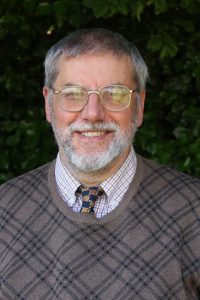 Mr. Francis Etheredge is married with eight children, plus three in heaven.
Mr. Francis Etheredge is married with eight children, plus three in heaven.
Francis is currently a freelance writer and speaker and his “Posts” on LinkedIn can be viewed here. Poetry; short articles; autobiographical blog; excerpts from books; and “Philosophize: A Ten Minute Write.”
For a list of all of Francis’ books published by En Route Books and Media, click here.
See Francis’ other books, too, entitled Scripture: A Unique Word, From Truth and truth: Volume I-Faithful Reason, From Truth and truth: Volume II: Faith and Reason in Dialogue, From Truth and truth: Volume III: Faith is Married Reason.
He has earned a BA Div (Hons), MA in Catholic Theology, PGC in Biblical Studies, PGC in Higher Education, and an MA in Marriage and Family (Distinction).
Enjoy these additional articles by Francis Etheredge:
The page you requested could not be found. Try refining your search, or use the navigation above to locate the post.